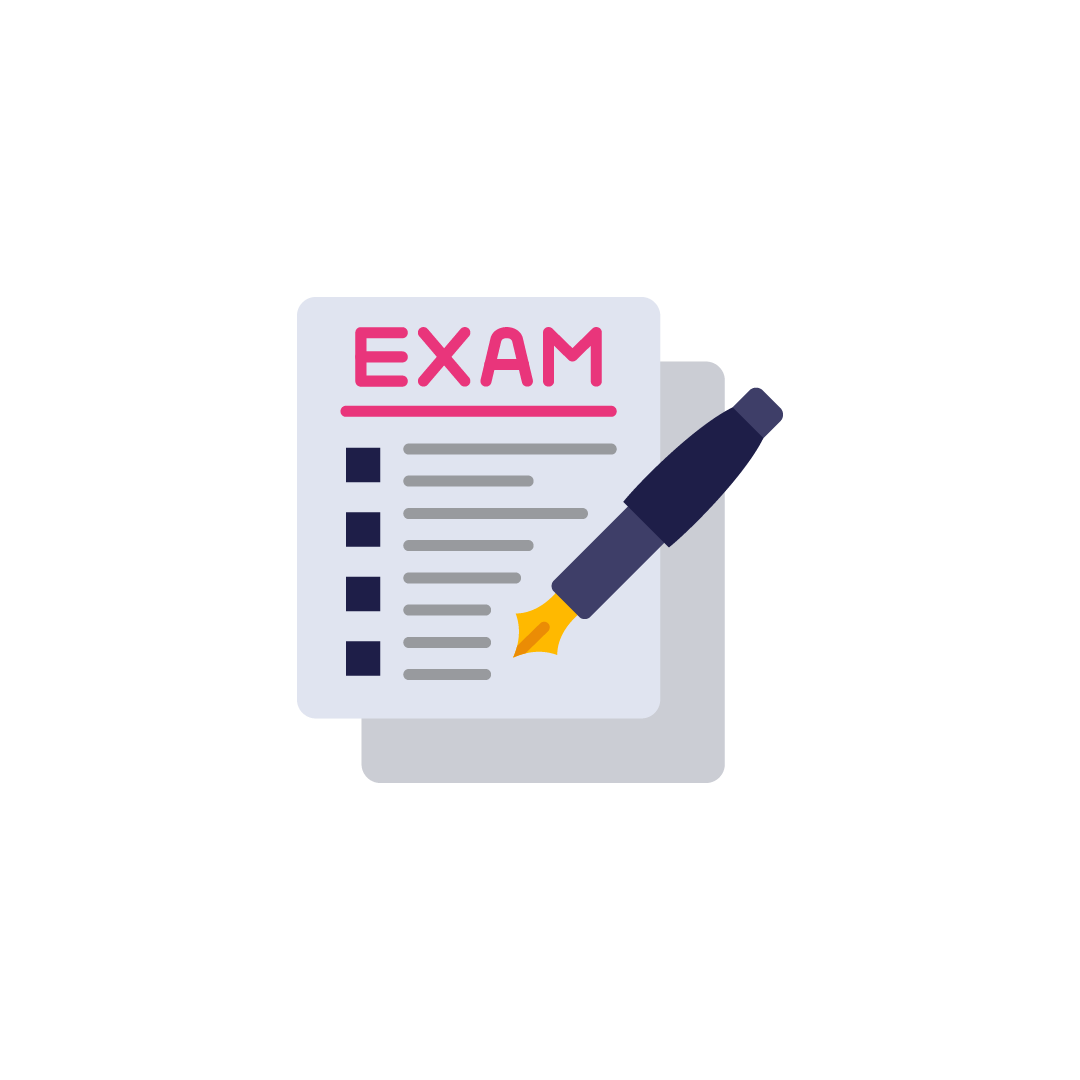WBJEE 2026 Eligibility, Syllabus & Preparation Strategy
West Bengal Joint Entrance Examination
WBJEEB Eligibility Criteria 2026
The West Bengal Joint Entrance Examinations Board (WBJEEB) sets specific requirements for eligibility in undergraduate engineering, pharmacy, and architecture. These include conditions for domicile status, nationality, age, academic qualifications, and subject combinations.
West Bengal Joint Entrance Examination
WBJEEB Eligibility
The WBJEE eligibility criteria are as follows.
Criteria | Details |
Nationality | Must be an Indian citizen |
Age Limit | Minimum 17 years as on 31st December 2026 |
Upper Age Limit | No upper age limit (except for Marine Engineering) |
Marine Engineering Age Limit | Upper age limit is 25 years |
Domicile Requirement | Required for Government colleges, TFW quota, and reserved category seats |
Domicile Proof | 10 years continuous residence in WB or 5 years of study in WB |
Qualifying Exam | 10+2 or equivalent from a recognized board |
Eligibility for Engineering | Must have Physics + Mathematics + Chemistry/Computer Science/Biology/BT |
Eligibility for Pharmacy | Must have Physics + Chemistry + Mathematics or Biology |
Special Rule (Jadavpur Pharma) | Mathematics is compulsory |
Minimum Marks (General) | 45% in aggregate of 3 subjects (PCM or PCB) |
Minimum Marks (Reserved) | 40% in aggregate of 3 subjects (PCM or PCB) |
English Requirement | At least 30% marks in English in the 12th |
Subject Pass Requirement | Must pass individually in Physics, Mathematics/Biology, Chemistry |
Jadavpur University (Engineering) | 60% in PCM (General), 55% (Reserved) + 60% overall |
Number of Attempts | No limit |
Accepted Boards | All recognized boards (CBSE, ISC, WBCHSE, NIOS, etc.) |
Medical Fitness | Required for admission; the candidate must be physically fit |
TFW Scheme Eligibility | WB domicile + annual family income ≤ ₹2.5 lakh |
West Bengal Joint Entrance Examination
WBJEEB Syllabus
The WBJEE 2026 syllabus consists of three parts. These include Physics, Chemistry, and Biology. The table below contains important information on the WBJEE syllabus.
Subject | Unit/Topic | Subtopics |
Mathematics | Algebra | Sets, Relations & Functions, Complex Numbers, Quadratic Equations, Sequences & Series, Permutations & Combinations, Binomial Theorem, Mathematical Induction |
Trigonometry | Trigonometric Functions & Identities, Equations, Heights & Distances, Inverse Trigonometric Functions | |
Coordinate Geometry | Straight Lines, Circles, Parabolas, Ellipses, Hyperbola | |
Calculus | Limits, Continuity, Differentiation, Applications of Derivatives, Integrals, Differential Equations | |
Vectors & 3D Geometry | Vectors, Scalar & Vector Product, Lines & Planes | |
Statistics & Probability | Mean, Median, Mode, Standard Deviation, Probability, Bayes' Theorem | |
Physics | Physical World & Measurement | Units, Dimensions, Significant Figures, Errors |
Kinematics | Scalars & Vectors, Equations of Motion, Projectile Motion, Relative Motion | |
Laws of Motion | Newton’s Laws, Friction, Circular Motion | |
Work, Energy & Power | Work-Energy Theorem, Conservative/Non-conservative Forces, Power | |
Gravitation | Newton’s Law, Kepler’s Laws, Satellite Motion, Escape Velocity Practicing | |
Bulk Properties of Matter | Elasticity, Pressure, Surface Tension, Viscosity | |
Thermodynamics | First Law, Heat Engines, Efficiency, Entropy | |
Kinetic Theory of Gases | Ideal Gas Equation, Molecular Theory | |
Oscillations & Waves | SHM, Resonance, Sound Waves, Doppler Effect | |
Electrostatics | Coulomb’s Law, Electric Field & Potential, Capacitance | |
Current Electricity | Ohm’s Law, Kirchhoff’s Laws, EMF, Internal Resistance | |
Magnetism & Magnetic Effects | Magnetic Field, Ampere’s Law, Lorentz Force, Earth’s Magnetism | |
Electromagnetic Induction | Faraday’s Laws, Lenz’s Law, Eddy Currents, AC Circuits | |
Electromagnetic Waves | Spectrum, Properties, Uses | |
Optics | Reflection, Refraction, Lenses, Interference, Diffraction, Polarization | |
Dual Nature of Matter | Photoelectric Effect, de Broglie Waves | |
Atoms & Nuclei | Bohr Model, Radioactivity, Nuclear Reactions | |
Electronic Devices | Semiconductors, Diodes, Transistors, Logic Gates | |
Chemistry | Basic Concepts | Mole Concept, Stoichiometry, Empirical & Molecular Formulas |
Atomic Structure | Atomic Models, Quantum Numbers, Electronic Configuration | |
Periodic Table & Periodicity | Periodic Properties, Classification | |
Chemical Bonding | Ionic, Covalent Bonds, VSEPR Theory, Hybridisation | |
States of Matter | Gaseous & Liquid States, Gas Laws | |
Thermodynamics | Enthalpy, Entropy, Gibbs Free Energy | |
Equilibrium | Chemical & Ionic Equilibria, Le Chatelier’s Principle | |
Redox Reactions | Oxidation Numbers, Balancing Equations | |
Hydrogen | Properties, Uses, Hydrides | |
The s-Block Element | Group 1 & 2 Elements and Compounds | |
The p-Block Element | Group 13–18 Elements and Their Compounds | |
Organic Chemistry (Basics) | Nomenclature, Isomerism, Reaction Mechanisms | |
Hydrocarbons | Alkanes, Alkenes, Alkynes, Aromatic Compounds | |
Organic Compounds with Functional Groups | Alcohols, Aldehydes, Ketones, Carboxylic Acids, Amines | |
Biomolecules | Carbohydrates, Proteins, Vitamins, Nucleic Acids | |
Polymers | Types, Properties, Uses | |
Environmental Chemistry | Pollution, Green Chemistry Principles |
West Bengal Joint Entrance Examination
Preparation Guide for WBJEE 2026
In order to score well in the WBJEE 2026 examination, a structured study plan coupled with disciplined method of preparation need to be adopted. The test is not purely based on memory but also testing conceptual knowledge/understanding and use of knowledge in the fields of Mathematics, Physics, and Chemistry. The preparation tips are given below:
1. Learn the entire Syllabus
- Read the official WBJEE syllabus once and go through at least all the topics in mathematics, physics, and chemistry.
- Prepare a table of contents and monitor your progress on a regular basis.
- Note down areas where you are strong and weak so that you can concentrate on the topics where you are weak.
2. Insight and Knowledge rather than rote learning
- The WBJEE requires good problem-solving knowledge. One cannot just be able to answer with simple formulas and facts.
- Go over the basic concepts in each subject well.
- Refresh derivations, theories and applications of formulas to firm up concepts.
3. appeared last years question papers (PYQs)
- Do as many past year question papers and sample tests as you can.
- This will enable you to know the pattern, level of difficulty and most of the frequently asked questions.
- Practice doing papers, timer on to develop fast and accurate speed.
4. Smart Study; Time Management
- Devote your time to the examination of those topics that have maximum weight in the examination.
- Spend more time on the high-scoring areas and strategically revise low low-weightage areas.
- Make a daily and weekly routine study, keeping in balance all three subjects.
5. Hands-on tests and performance analysis
- Try to do regular test papers with the aim of taking the real test.
- Reflect on your performance, know your errors, and act on them in order to better them.
- The emphasis should be on trying to lessen the negative marking through precision.
6. Revision Strategy
- Make last-minute revision by preparing short notes, formula, and mind maps.
- Review key concepts, formulas repeatedly prior to exam.
- Make important tricks and shortcuts in a separate notebook.

West Bengal Joint Entrance Examination

Not sure what you are looking for? Connect with our counsellors.
Login helps you find curated results for your requirement.